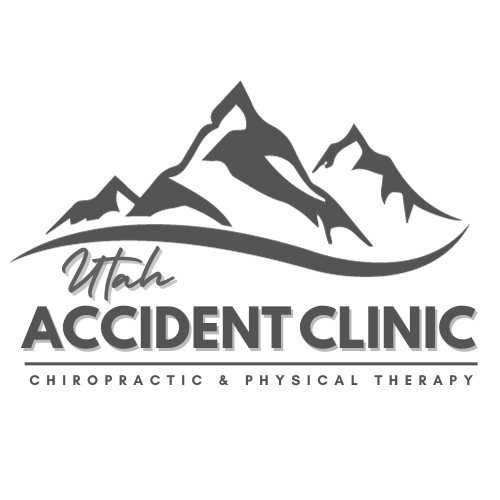We Work With Your Auto Insurance
At Utah Accident Clinic, we make things easier by handling billing with all car insurance companies, whether it’s the at-fault party’s insurance or your own under PIP (Personal Injury Protection). You won’t need to pay out of pocket for your care—we manage the paperwork and negotiations so you can focus on recovery without the financial burden.
How the Process Works
Dealing with an accident is stressful, but getting the care you need shouldn’t be. At Utah Accident Clinic, we simplify the process by handling the billing directly with your insurance company. Here’s how it works:
Consultation & Examination
Schedule your appointment with our experienced doctors. We’ll evaluate your condition and develop a personalized treatment plan.
Billing Your Insurance
Once treatment starts, we’ll handle all the paperwork and billing directly with your auto insurance provider.
No Upfront Costs
In most cases, you won’t have to pay out of pocket if your insurance covers the treatment. We take care of everything so you can focus on getting better.
Support Every Step of the Way
Our team is here to assist with any questions or concerns regarding your insurance claim.

Why Choosing a Clinic That Accepts Auto Insurance Matters
When dealing with the aftermath of an auto accident, the last thing you want to worry about is how to pay for your medical care. Choosing Utah Accident Clinic, where we work directly with your auto insurance, simplifies the process and ensures that your treatment is covered without the added stress of upfront payments. Our experience with auto insurance claims ensures a smooth process, so you can focus on your recovery rather than navigating complicated billing systems. By partnering with us, you receive high-quality care without financial worry, allowing you to get back on your feet faster.











